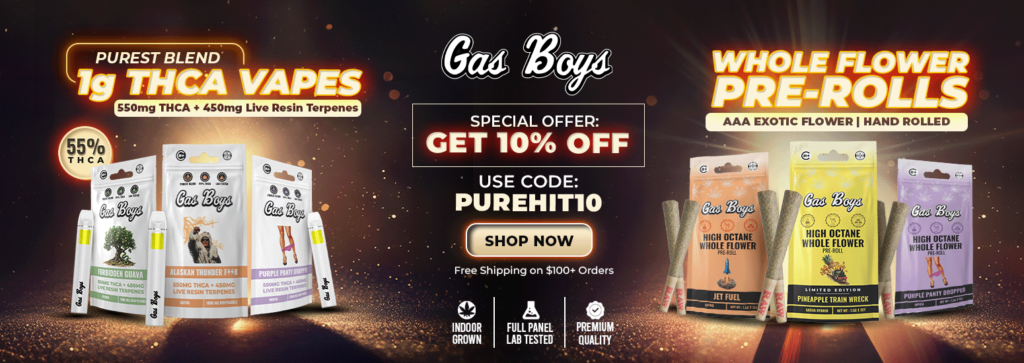Drug sniffing dogs falsely alert their handler more often than they correctly identify the presence of drugs, according to newly released data.

According to an analysis of 10 years of data provided to members of the Australian Parliament by the Law Enforcement Conduct Commission, 75% of the searches conducted because a drug sniffing dog alerted their handler resulted in absolutely no drugs being found. Just one in four times a drug sniffing dog alerted their handler was their actually drugs in the vicinity.
The new data provided an analysis of almost 94,535 searches over the course of a decade (June 2013, to June, 2023). In 2014, the worst year for false report, only 21% of the roughly 14,000 searches resulted in illegal drugs being found. In 2016, the year drug sniffing dogs saw the most success, they still falsely alerted 68% of the time.
The 10-year average was a false alert rate of 75%, with 70,913 of the nearly 95,000 searches resulting in no drugs being found.
This is not the first time a report has demonstrated the apparent lack of efficiency of drug dogs. An analysis conducted by reporters at The Chicago Tribune reported that drug sniffing dogs false-alerted over half of time, with false alerts more likely if the suspect is Latino.
A study published in the journal Animal Cognition found that drug dogs frequently provide false alerts, and that it’s more likely to happen if the handler believes their to be drugs in the area.
“Handlers’ beliefs that scent was present potentiated handler identification of detection dog alerts,” found the study. “This confirms that handler beliefs affect outcomes of scent detection dog deployments.”







